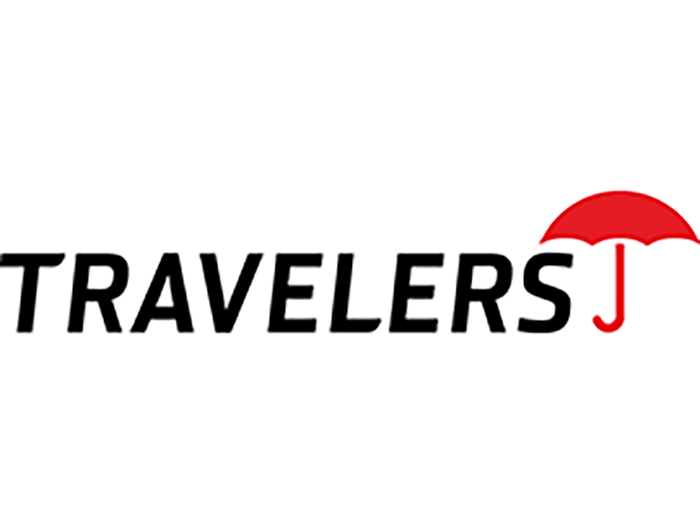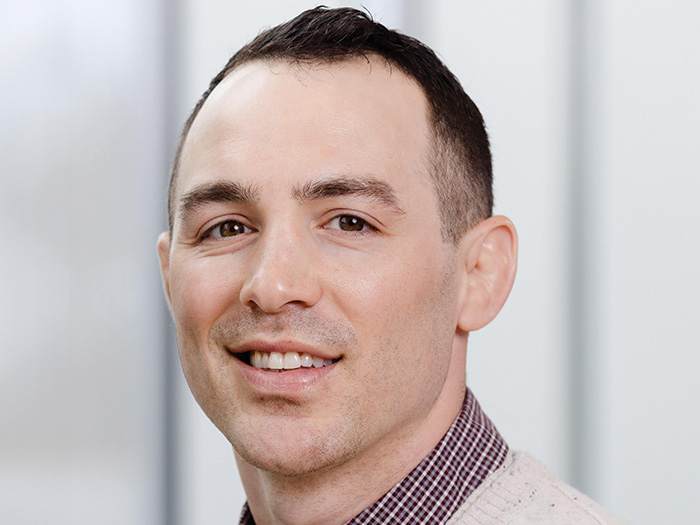Meghan Markle, Prince Harry and the U.S. Education System: A Lesson in Risk Management
Say what you will about distractions in the news, the British royal family still stands tall.
On the day of the marriage of Prince Harry and Meghan Markle, my wife and nine lady friends joined together at 5 am for a “royal wedding breakfast.”
Perfect timing to watch two hours of pre-wedding festivities and the ceremony itself. Made more perfect by scones, crumpets, fresh fruit, lemon curd, coddled cream, and, of course, British breakfast tea. No bangers and mash, thank you.
In the 18 months since the wedding, we learned about stresses impacting the Prince and his bride. They’re being forced to develop risk management strategies to deal with their new lives.
According to this piece in Vanity Fair, Prince Harry refuses to be a victim to hostile press coverage and is implementing a strategy to outflank and outsmart “traditional” reporters and photographers.
Let us not forget that his mother, Princess Diana, was hounded mercilessly by the media before her death at the age of 36.
In many ways, Harry and Meghan’s situation is parallel to what’s happening in U.S. higher education.
Let me start by explaining a royal family quiz I gave to my students a few months after the wedding. Sample questions:
- What was the site of the wedding of Prince Harry and Meghan Markle? Was it Windsor Castle, Buckingham Palace, St. Paul’s Cathedral, or Westminster Abbey?
- Which is not one of the given names of Prince Harry? Is it Albert, Charles, Harry, or David?
- Which is the last name of Prince Harry? Is it Mountbatten, Windsor, Mountbatten-Windsor, or any or all of them?
- Which did LeBron James do as a breach of royal etiquette? Did he hug Kate Middleton, fail to courtesy to the Queen, wear a jacket without a tie, or continue to eat after the Queen stopped her own eating?
In the context of some countries that still have kings and queens, I urge parents, students, professors and deans to consider what it means to be an educated citizen of the world.
We know instinctively that students are better prepared to succeed in life when they have a broad curiosity about history, politics, culture and society. Maybe even the British royal family.
Many professors claim they already encourage such curiosity. I have not seen enough of it.
Private liberal arts colleges claim to provide a breadth of knowledge with degrees in history, philosophy, political science, psychology and more. This message is often accompanied by scorn for business and teacher-education degrees, derisively identified as the product of “trade schools.”
This viewpoint shows us a risk management challenge.
In the 1960s, business school professors discussed business plans, the management of large corporations, the growth of shopping malls and the leadership magic of Jack Welch.
Today, we’re dealing with the convergence of technologies, the collapse of Lehman Brothers, global warming, Russian hackers and Bernie Madoff.
The imperative for change in college curricula is real. We need interdisciplinary programs. Merge the best features of the liberal arts with the career preparation of business and teacher education.
The likely risk managers are the deans of arts and sciences, business and education, along with their most flexible professors.
Sit down. Reduce the number of required core courses. Mandate required senior-level liberal arts courses in the business and education curricula. Create space for interdisciplinary business or education electives in liberal arts degrees.
What would a broader and more flexible curriculum produce?
- A marketing major who understands the politics of India?
- A political sciences major who can explain Bernie Madoff from a financial perspective?
- A finance major who is aware of corruption in the culture of Argentina?
- A psychology major who understands interpersonal aspects of management or teaching?
Or perhaps we would create students who recognize the impacts, in their own lives, of tariffs on Chinese goods, disputes with Mexican drug cartels, or the complex issues surrounding whether the Brits should withdraw from the European Union.
The common risk management challenge of the British royal family and U.S. colleges is to create a pathway to a happy and prosperous future for themselves and the people who love them.
We can help our students by making sorely needed changes in our colleges. We can encourage our British friends to do the same for Harry and Meghan.
So how did you do with British royal protocol?
- The wedding took place in Saint George’s Chapel at Windsor Castle. Fifth in line for the British throne, but they chose a more intimate setting than Westminster Abbey.
- His given names are Henry, Albert, Charles, and David. Forget about Harry.
- His last name is any or all of them. Take your choice or simply identify him as Henry Charles Albert David Mountbatten-Windsor.
- LeBron James breached etiquette by hugging Kate Middleton. Keep your hands off the royals.
Don’t you just love the royal family? &










